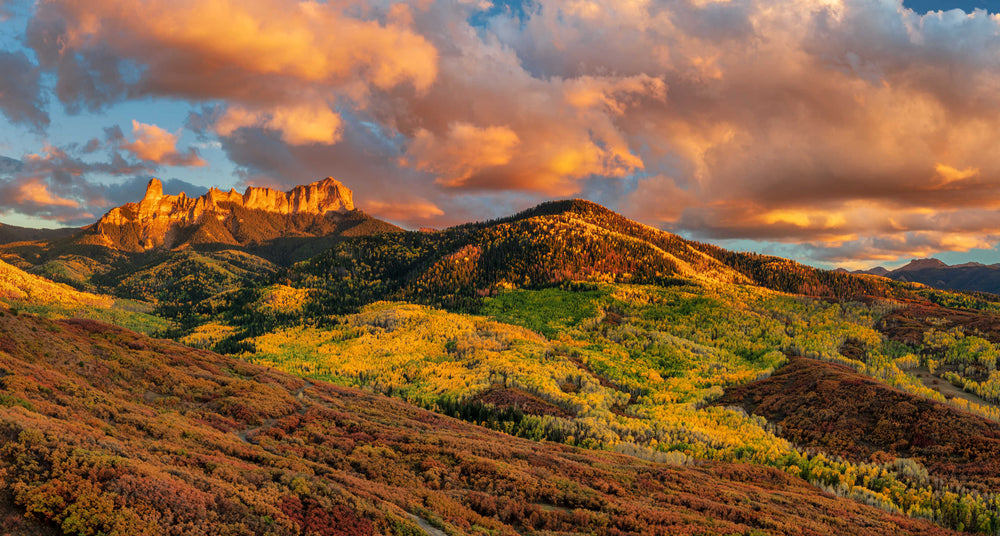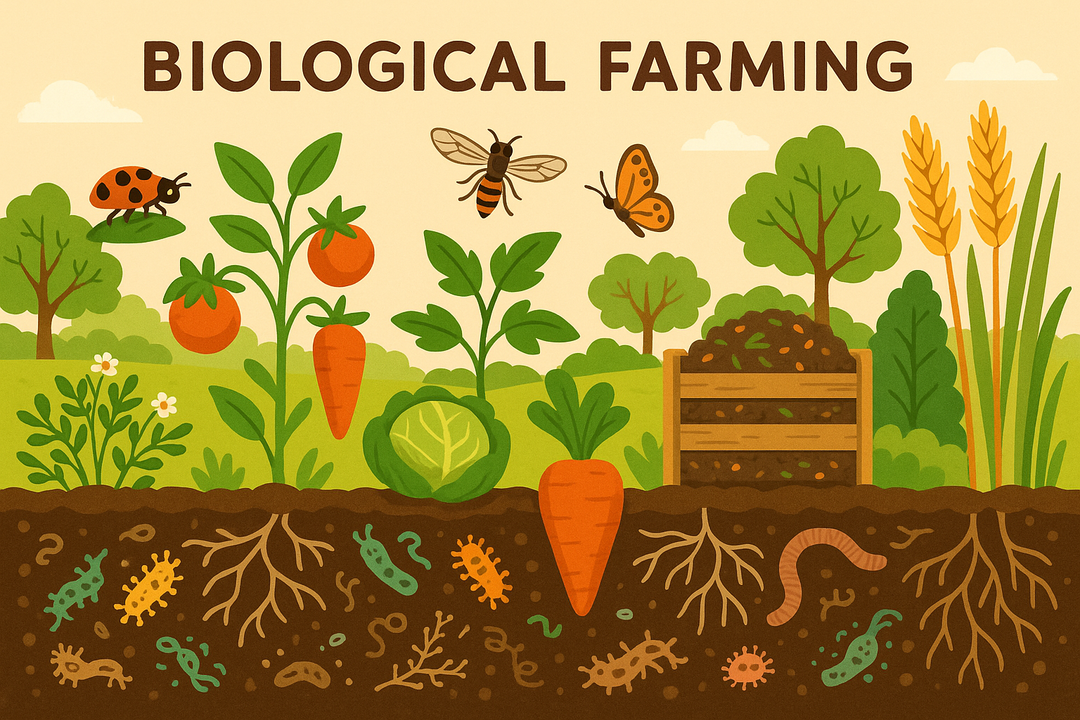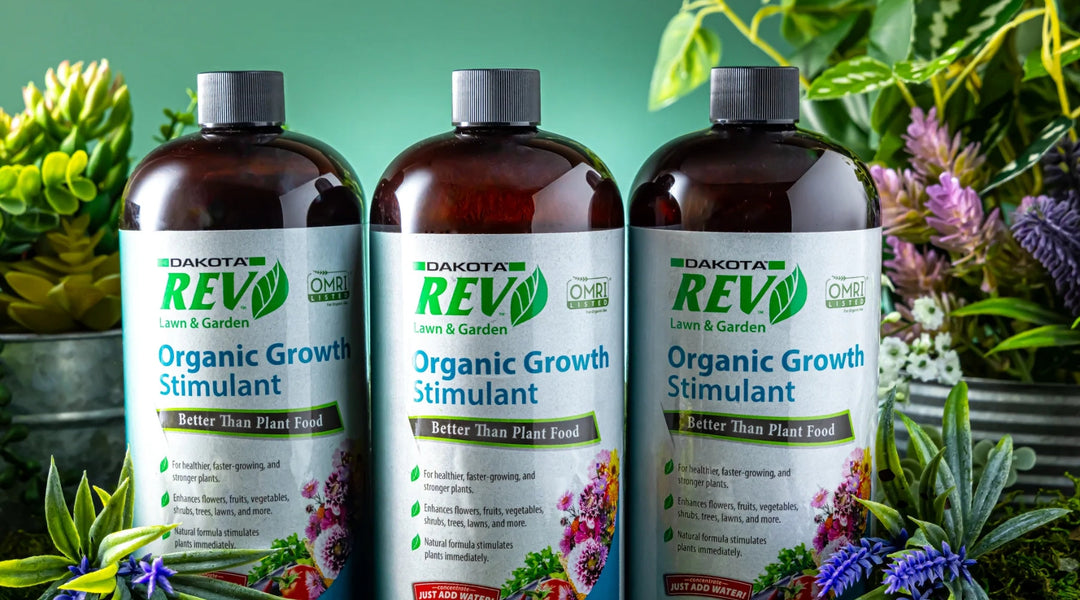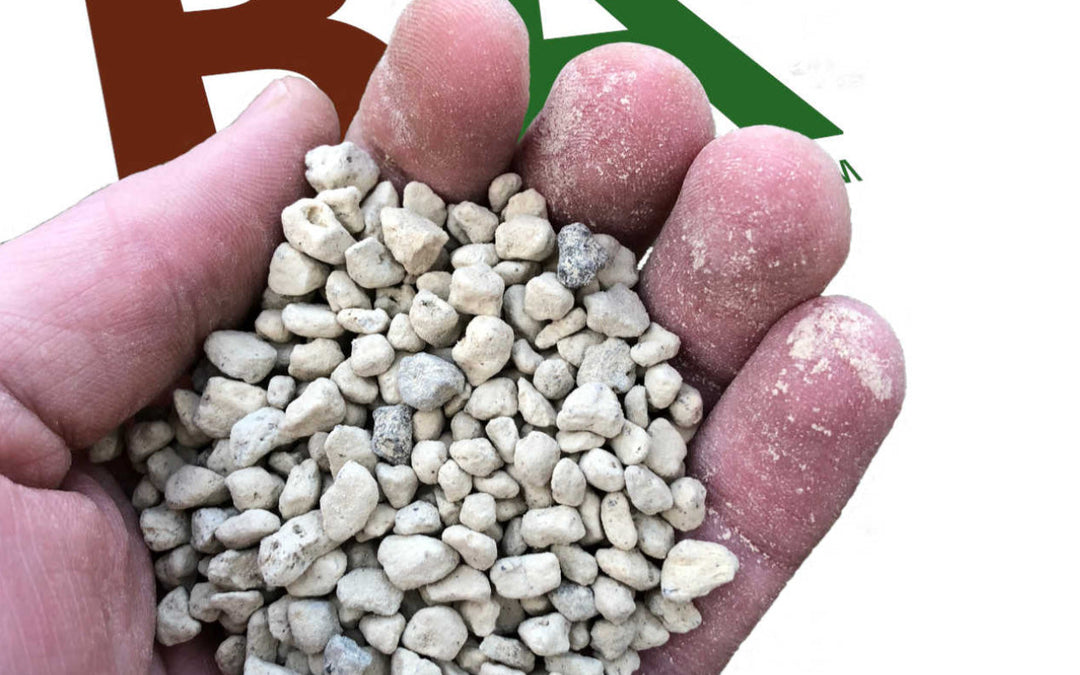More Than Dirt...What Lives In The Soil?

This quote proves that dirt is more than what you see on the surface. There is an entire living world underneath, and we’re going to tell you all about it.
Just like in outer space or inside our bodies, the human eye can’t always see what appears to be happening on the surface. Not only are Soil Biologists and companies like Rocky Mountain Bio Ag® able to answer your soil questions, but they also know the answer to “Why?”

Soil is Full of Life
Scientists called Soil Biologists study a variety of things, including the living organisms in the soil as well as the complex physical and chemical properties that make up the soil. It’s been said that one handful of soil contains more living things than there are people on the planet.
When you stare at the soil, it doesn’t seem to do too much. That would be about as exciting as watching paint dry. But upon closer inspection, you can see the underworld hard at work, breaking down whatever is in its path—this natural occurrence allows our plants to thrive, which in turn, feeds everything and everyone else.
The Soil Food Web

The Natural Resources Conservation Service (NRCS) has a wonderful graphic that shows The Soil Food Web, which is based on the life cycle known as the food chain. There are five different dirt levels in this web.
The 5 Trophic Levels of the Soil Food Web
- Photosynthesizers
- Decomposers, mutualists, pathogens, parasites, and root-feeders
- Shredders, predators, and grazers
- High-level predators
- Higher-level predators
1st Trophic Level
As you can see in the image, the first trophic level (what position it occupies in the food chain) consists of photosynthesizers or photosynthetic bacteria like those contained in Quantum Growth Organic Light. This is the producer level, and it includes plants and organic matter such as waste, residue, and metabolites from plants, animals, and microbes.
Producers, also known as autotrophs, are self-feeding organisms which create their own food. These producers are also found in Quantum Growth Organic Light. They make up the first level of all food chains. Usually, autotrophs are plants or one-celled organisms. Nearly all of them use photosynthesis to create “food” (glucose) from sunlight, carbon dioxide, and water, making their own organic molecules.
2nd Trophic Level
The second trophic level of The Soil Food Web consists of decomposers, mutualists, pathogens, parasites, and root-feeders. Decomposers are organisms such as bacteria and fungi, which break down residue and retain nutrients in their biomass.
Nematodes live at this level and can either be beneficial or non-beneficial and either help or hurt your garden. They feed on the outer roots of plants, which can aid in the breakdown of organic matter, but some infiltrate roots, which causes damage to the plant and can also be an entry point for disease.
3rd Trophic Level
This layer includes shredders, predators, and grazers. The major functions of the microorganisms in this level are to release plant-available nitrogen and other nutrients when feeding on bacteria, control many root-feeding nematodes or disease-causing pests, and to shred plant litter, turning it into soil organic matter as they feed on bacteria and fungi.
4th Trophic Level
This level is where you see earthworms and other high-level predators, such as spiders and insects. These soil dwellers help control the populations of the lower trophic levels. They also improve soil structure by burrowing and by-passing organic matter and soil through their guts.
5th Trophic Level
The Soil Food Web, unlike a regular food web, consists of a fifth (and higher) trophic level. This is where the burrowing, higher-level predators come in—such as moles and mice—as well as above-ground animals like birds. Beyond the fifth level are other plant- and animal-eating predators, including farm animals and humans.
How Can Amendments Improve Soil Health?
 While it’s true that there are store-bought amendments that may speed up the growing process, you must exercise extreme caution as to what you put into your soil. Our job at Rocky Mountain Bio Ag® is to not only educate you on the biology of soil but to show you what amendments are beneficial to the soil as well.
While it’s true that there are store-bought amendments that may speed up the growing process, you must exercise extreme caution as to what you put into your soil. Our job at Rocky Mountain Bio Ag® is to not only educate you on the biology of soil but to show you what amendments are beneficial to the soil as well.We have done years of testing and diligent research on the technology and solutions we sell and use. This ensures that you succeed in building biologically sound, well-mineralized organic soil while growing plants to their fullest genetic potential. None of the products we sell contain genetically modified organisms (GMOs); they are created from the highest quality pure ingredients in strictly controlled manufacturing and packaging facilities.
Soil is A Layer of Life and Needs Proper Protection
The Soil Food Web is a natural phenomenon that keeps many things in working order. When we listen to people and companies who tell us to dump chemicals on our plants and into our fields, we cause a damaging domino effect to a natural cycle.
Soil and Water Conservation Society (SWCS). 2000. Soil Biology Primer. Rev. ed. Ankeny, IA: Soil and Water Conservation Society.
Soil is made up of six different layers called horizons. These include:
- The O Horizon – the top, organic layer of soil.
- The A Horizon – topsoil; seeds germinate and plants grow in this layer.
- The E Horizon – light in color and is made up of mostly sand and silt.
- The B Horizon – subsoil; contains clay and mineral deposits.
- The C Horizon – regolith; consists of slightly broken-up bedrock. Not much organic material is found in this layer.
- The R Horizon – bedrock, which lies several feet under the surface.
Knowing your soil is one of the best pieces of knowledge you can have. Get it tested before you plant. If you’re interested in keeping your plants healthy via healthy soil, contact us for information and top-quality products.







Leave a comment